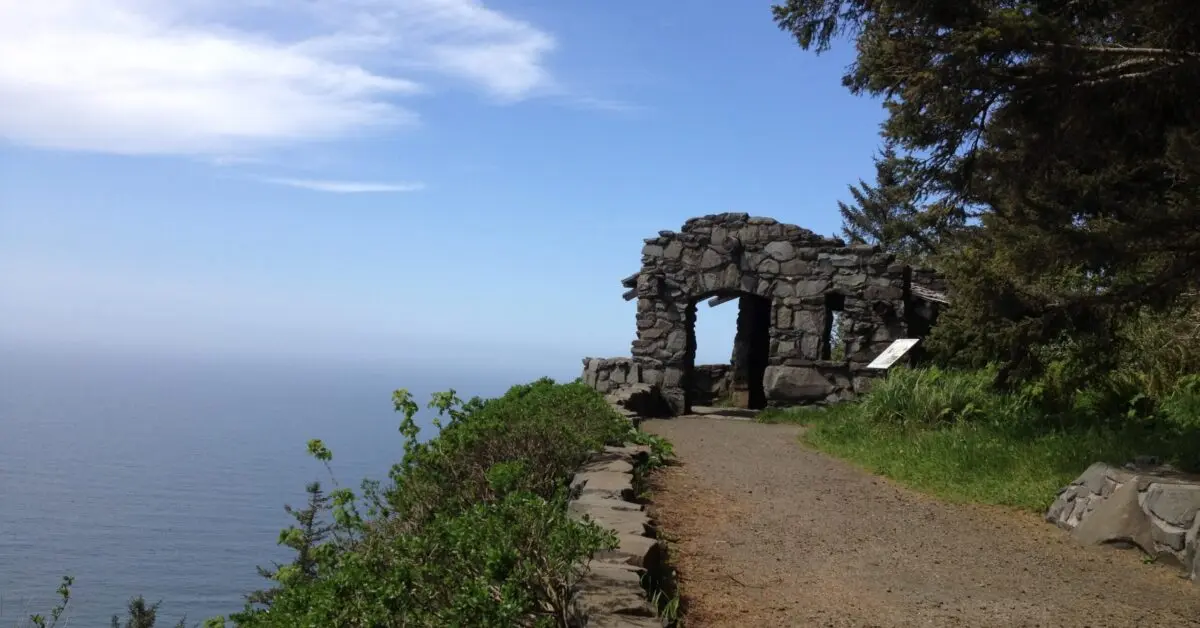
For decades daring individuals have tried to Visit Chornobyl without getting caught. However, as of 2025, due to ongoing geopolitical tensions and safety concerns, unauthorized visits to the Chornobyl Exclusion Zone are both illegal and highly dangerous. This article aims to provide a comprehensive overview of Chornobyl’s history, the current state of the Exclusion Zone, and the importance of adhering to legal and safe methods of exploration.
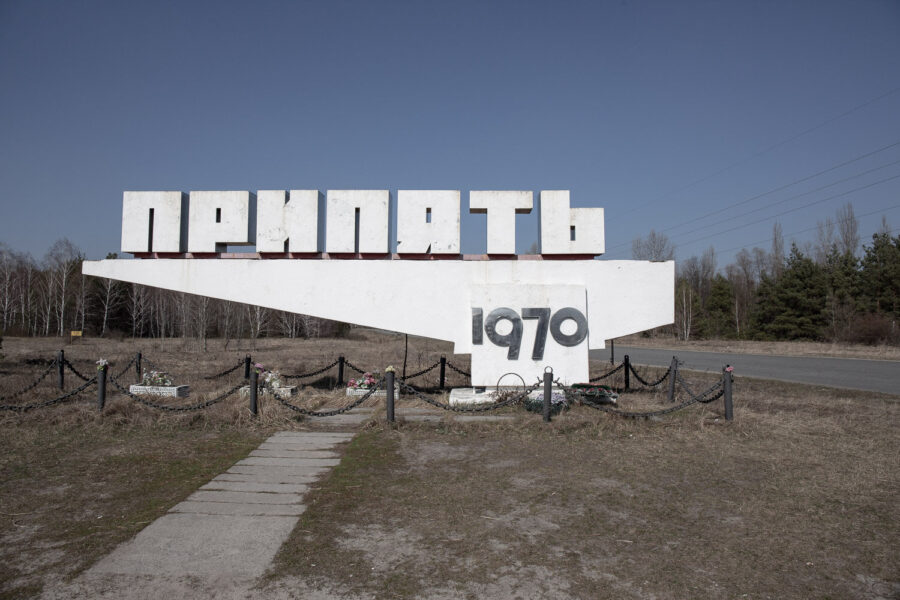
A Glimpse into Chernobyl’s Past
Before the catastrophic events of 1986, Chornobyl was a bustling town in northern Ukraine. Established in 1970, the nearby city of Pripyat was home to workers of the Chornobyl Nuclear Power Plant and their families. With modern amenities, schools, and recreational facilities, Pripyat epitomized Soviet progress and ambition.
The 1986 Disaster Unfolded
On April 26, 1986, during a late-night safety test, Reactor 4 of the Chernobyl Nuclear Power Plant experienced a catastrophic failure. A sudden power surge led to a series of explosions, releasing massive amounts of radioactive material into the atmosphere. The immediate aftermath saw two plant workers lose their lives, but the long-term effects were far more devastating. Radiation spread across Europe, leading to numerous health issues and environmental contamination. The Soviet government’s delayed response exacerbated the disaster’s impact, resulting in widespread evacuations and long-term exclusion zones.

Key Locations to Visit in Chernobyl and Pripyat
If someone were to venture into the Chornobyl Exclusion Zone—whether through a legal tour or by more daring (and illegal) means—they would come across several hauntingly beautiful, abandoned sites. These places capture the eerie silence of a once-thriving town, frozen in time by disaster. Below are some of the most famous spots within the Chornobyl Exclusion Zone, along with insights into what makes them so captivating.
1. Pripyat – The Ghost City
Why It’s a Must-See:
Once home to nearly 50,000 residents, Pripyat was built in 1970 to house Chernobyl Nuclear Power Plant workers. Today, it’s one of the most famous abandoned cities in the world.
Key Stops in Pripyat:
- The Pripyat Ferris Wheel – The amusement park, meant to open just days after the explosion, now stands still, covered in rust. The Ferris wheel is an iconic image of the disaster.
- The Azure Swimming Pool – One of the last working facilities in Pripyat, it remained operational for liquidators cleaning up after the explosion until 1998.
- Pripyat Hospital No. 126 – The first stop for Chornobyl workers and firefighters exposed to lethal radiation. Some of their gear remains in the basement, still dangerously radioactive.
- Energetik Cultural Center – The abandoned theater and sports complex, once filled with life, now sits eerily empty with collapsed ceilings and decaying walls.
Weather & Conditions:
- Best Time to Visit: Spring (April-May) or Fall (September-October) when the climate is mild.
- Temperatures: Winters can drop to -10°C (14°F), while summers can be as hot as 30°C (86°F).

2. The Chernobyl Nuclear Power Plant – Reactor 4
Why It’s a Must-See:
The heart of the disaster, Reactor 4, is now encased in a massive steel sarcophagus known as the New Safe Confinement (NSC). This was installed in 2016 to contain radiation leaks.
What You Can See:
- Reactor Control Room (Restricted) – Only a handful of authorized personnel have been inside since the explosion.
- Sarcophagus Viewpoint – From a safe distance, visitors can see the massive structure covering Reactor 4.
- Cooling Towers – Two enormous cooling towers that were abandoned mid-construction after the meltdown.
Weather & Conditions:
- Due to radiation levels, certain areas remain off-limits, but guided tours allow you to stand just 300 meters (1,000 feet) from Reactor 4.
3. Duga Radar – The Soviet “Woodpecker”
Why It’s a Must-See:
The Duga Radar System is one of the strongest remnants of the Soviet Union’s Cold War era. Known as the “Russian Woodpecker” due to the bizarre radio signal it emitted worldwide, the massive structure was part of a missile detection system. If you are going to Visit Chornobyl Without Getting Caught you should stop by the Duga Radar.
What You Can See:
- The Gigantic Radar Array – At 150 meters (490 feet) tall and 700 meters (2,300 feet) long, it looms over the forest like an alien structure.
- Abandoned Military Barracks – Soldiers stationed here monitored Western communication during the Cold War.
- Underground Bunkers – Hidden beneath the site, Soviet commanders planned their defenses.
Weather & Conditions:
- Duga is deep in the forest, making it harder to access in winter when roads are icy and visibility is low.
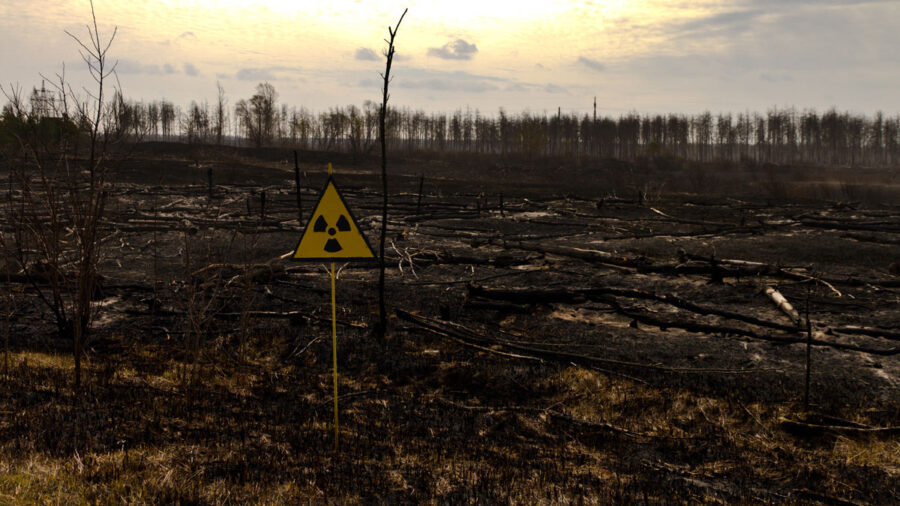
4. The Red Forest – The Most Contaminated Area
Why It’s a Must-See:
The Red Forest is one of the most radioactive places on Earth. After the explosion, the pine trees absorbed so much radiation that they turned red and died within hours.
What You Can See:
- Mutated Wildlife – The forest is home to wolves, boars, and even Przewalski’s horses, a rare species thought to be extinct in the wild.
- Scorched Tree Remnants – The soil here is still highly radioactive, and dosimeter readings spike dramatically.
Weather & Conditions:
- Even in winter, walking through the Red Forest without protection is risky due to lingering radiation.
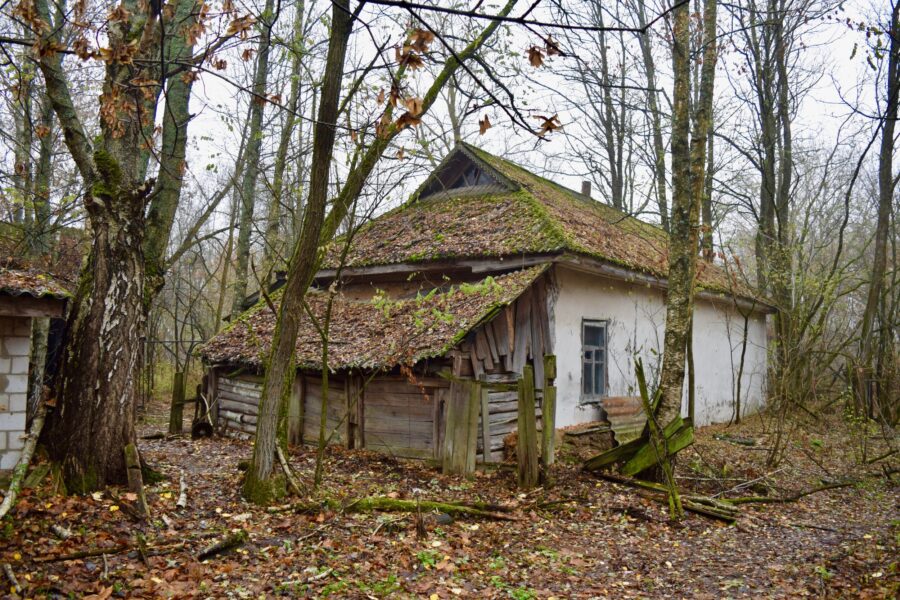
5. The Abandoned Villages of the Exclusion Zone
Why It’s a Must-See:
Beyond Pripyat, hundreds of small villages were abandoned after the disaster, many of which are now completely overgrown.
What You Can See:
- Kopachi Village – Nearly every building was buried after the explosion, except for one kindergarten that still contains eerie remnants of children’s toys and school supplies.
- Yaniv Train Station – Once a major rail hub, now a rusting relic with abandoned train cars.
- Chernobyl-2 – A small military town near Duga Radar that housed soldiers, now completely deserted.
Weather & Conditions:
- Spring and summer bring lush greenery, making it harder to navigate the ruins.
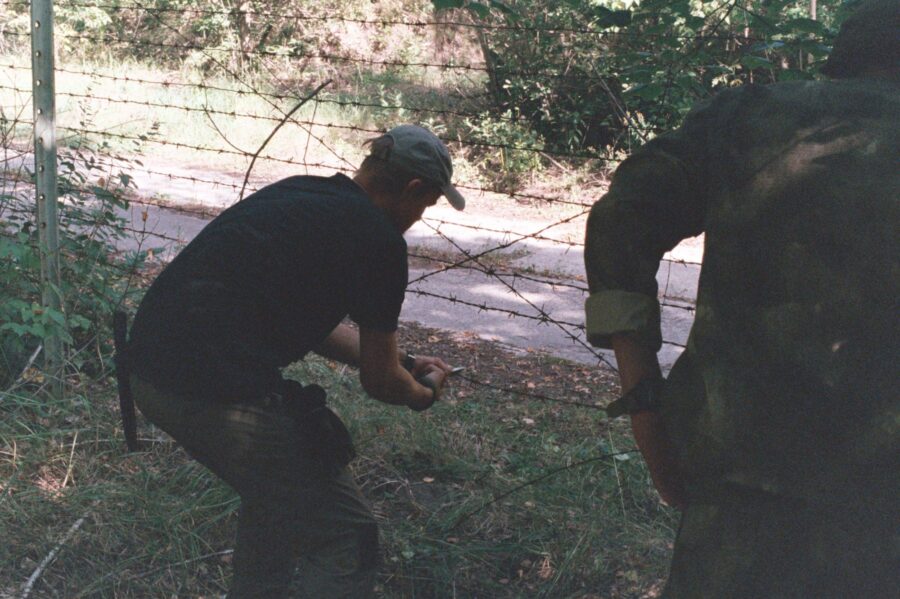
How People Used Visit Chornobyl Without Getting Caught
Despite security, illegal “stalkers” have been sneaking into the Exclusion Zone for years.
Common Entry Methods:
- Hiking Through the Forest – Many have entered via Belarus, crossing through dense woods undetected.
- Bribing Guards – In the past, corrupt guards have been known to accept bribes to look the other way.
- Using Old Backroads – Some roads, long overgrown, are not actively patrolled.
Why It’s Nearly Impossible Now
- Increased military presence due to the war in Ukraine.
- Drones and motion sensors now monitor restricted areas.
- Radiation hotspots make travel riskier than ever.
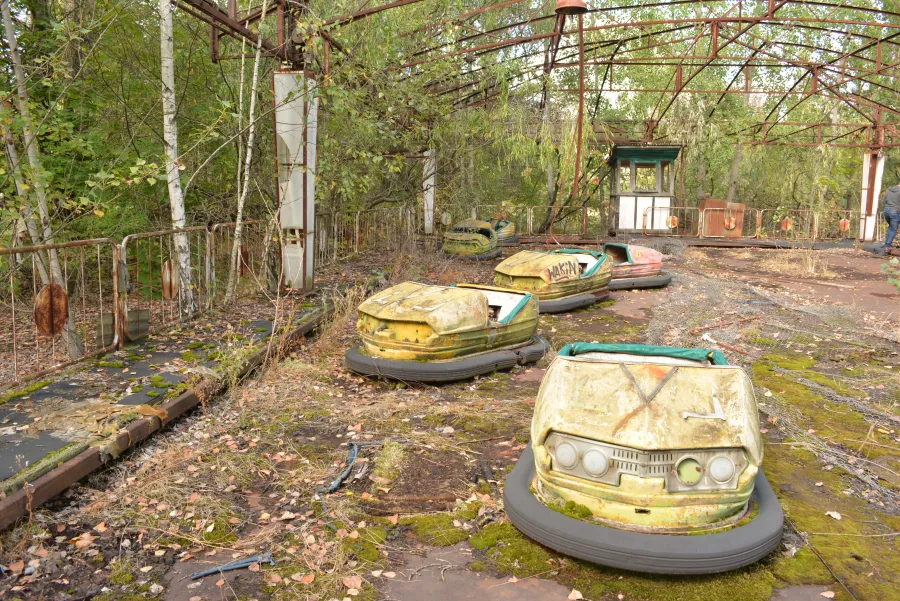
Radiation and Safety Concerns
The Chornobyl Exclusion Zone, encompassing a 30-kilometer radius around the reactor, remains one of the most radioactively contaminated areas on Earth. Radiation levels vary throughout the zone, with some areas still posing significant health risks. While certain parts have seen decreased radiation levels over the decades, hotspots remain, making unauthorized exploration hazardous. Moreover, recent events, such as the 2025 drone strike damaging the containment shell of Reactor 4, have heightened concerns about potential radiation leaks.
Security Measures in Place
Given the dangers associated with the site, Ukrainian authorities have implemented strict security protocols. The Exclusion Zone is monitored by security personnel, surveillance systems, and checkpoints to prevent unauthorized access. These measures are designed to protect both the public and the environment from potential harm.
Historical Attempts to Access the Zone
In the past, some individuals, driven by curiosity or the allure of abandoned places, attempted to enter the Exclusion Zone without authorization. These endeavors often involved evading security, navigating hazardous terrains, and risking exposure to dangerous radiation levels. Such actions not only endangered the individuals involved but also posed risks of contaminant spread.
Impact of the Ongoing Conflict
The geopolitical situation in Ukraine has further complicated matters. Military activities, including reported drone strikes on the Chornobyl site, have made the area even more perilous. The combination of potential radiation exposure and military hazards renders unauthorized visits exceedingly dangerous.
The Resilient Inhabitants
Despite the risks, a small number of individuals, known as “samosely” or self-settlers, have returned to live within the Exclusion Zone. Primarily elderly residents, they chose to return to their ancestral homes, valuing their connection to the land over potential health risks. Their presence is a testament to human resilience and the deep bonds people have with their homeland.
Guided Tours: The Safe and Legal Alternative
For those interested in Visit Chornobyl Without Getting Caught, several licensed tour operators offer guided visits to the Exclusion Zone. These tours are conducted under strict safety protocols, ensuring minimal radiation exposure and adherence to legal requirements. Participants are provided with protective gear, and dosimeters to monitor radiation levels, and are guided through areas deemed safe for visitation. It’s essential to book through reputable agencies and follow all guidelines provided during the tour.
While the allure of Chornobyl is undeniable, it’s crucial to prioritize safety and legality. Unauthorized attempts to visit the Exclusion Zone are fraught with dangers, from radiation exposure to legal repercussions. Opting for sanctioned guided tours offers a way to experience this historic site responsibly, ensuring both personal safety and respect for the laws in place.







